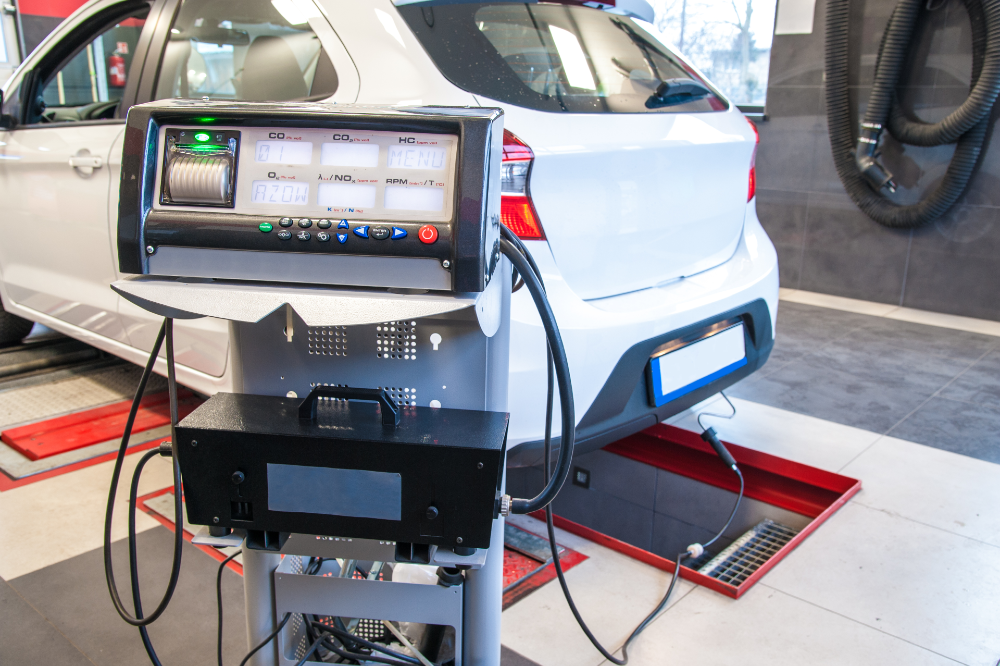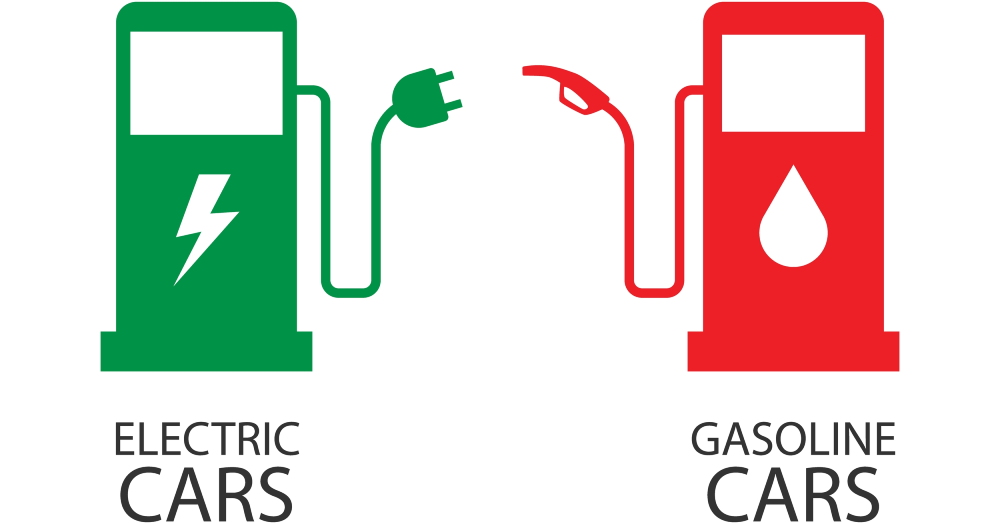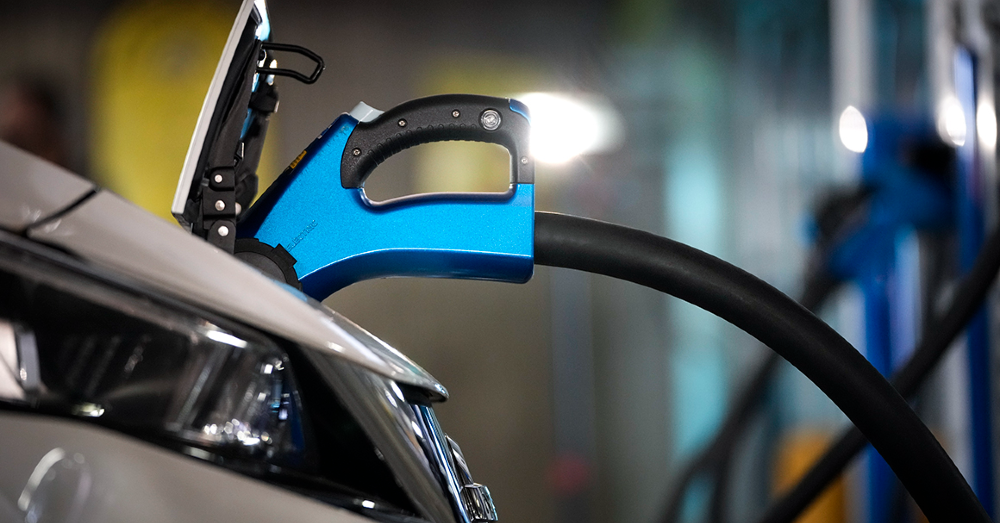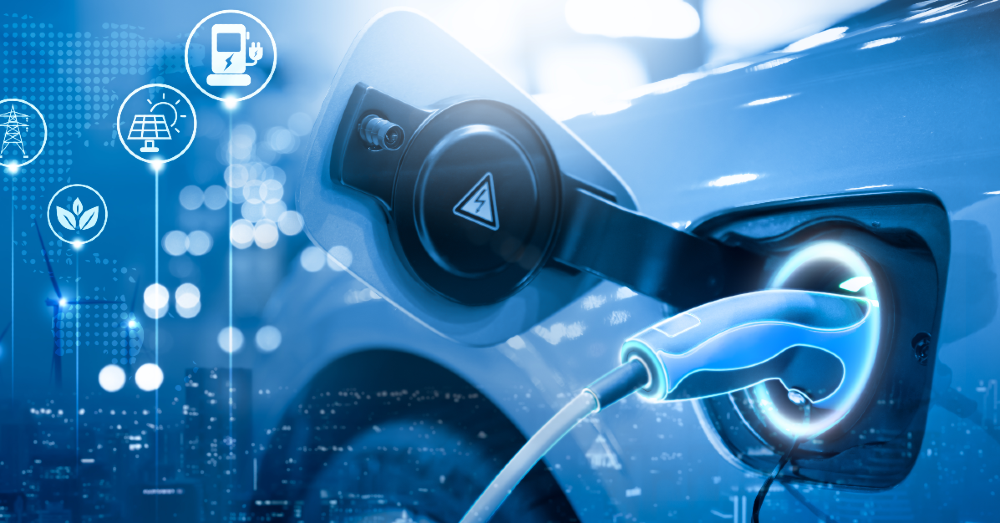
Pollution and Mileage Requirements Are Ramping Up
Stricter pollution and mileage requirements need to be implemented to fulfill one of the platforms of the current presidential administration.
Strict regulations were put in place under President Obama but were scaled back under President Trump. It seems that at least one organization feels that President Biden should create strict standards or none at all, but that has already been met with silence as a hard stance like this won’t do any good.
An Approach that Makes More Sense
While a modest approach to increasing pollution and mileage requirements might be hard for some organizations to deal with, for example, the Center for BiologicalDiversity stated, “Now is time for strong rules, not half measures,” a more practical approach might be necessary. They followed that remark with “President Biden can set strong clean car standards that protect the climate – or he can hit reverse.”
Does it really seem like it would make sense to hit reverse rather than take small steps forward? Let’s take a look at what’s been proposed and put in place.
No Changes for the Time Being
The current pollution and mileage requirements that are in place will continue through Model Year 2022. Why would that be the case when we are only in August of 2021? Most of the 2022 models are already in production or will begin production in the next few weeks. This means those models could not be changed to meet the new standard being put in place for 2023 and beyond. For now, those vehicles will see the annual increase in efficiency of 1.5 percent put in place under President Trump.
Another reason to wait until the 2023 model year is the troubles the automotive industry has been going through. Would it really make sense to add increasing pollution and mileage requirementsto the semiconductor shortage we’re already dealing with? Automakers are still bouncing back from the slow sales of the COVID-19 pandemic, the barge that was stuck, and the three semiconductor plants that were shut down bydisasters. Dealerships are still waiting for their inventory levels to reach pre-pandemic levels.
What Comes Next?
Starting with Model Year 2023, the vehicles will be required to meet standards from the 2019 deal between major automakers and the State of California. These standards were already set to be much stricter than the federal government standardsat a 3.7 percent increase per year.
Many may not agree withthe entire country following along with what California has done, but this state has successfully fought off smog and other heavy pollutants to clean up the air in the state. This will be a serious adjustment the automotive industry will have to figure out.
Stricter Standards Starting in 2025
After two years of improving pollution and mileage requirements at the 3.7 percent per year level, the more stringent standards put in place under President Obama will be put back in place. This means that starting in Model Year 2025, an annual increase of five percent will be required for the efficiency of vehicles. This will be one of the greatest challenges of the automotive industry over the next few years.
Proposed Standards that are Even Stricter
Starting in Model Year 2026, the Biden administration expects to implement even stricter standards to bring efficiency levels much closer to where they would have been if the standards hadn’t been changed. Unfortunately, we don’t have any specific details as to what the 2026 and beyond improvements will be and what will be expected of automakers.
Pollution is a Major Problem
Not one person in a position to argue with this statement has ever done so. We know pollution is a problem and transportation emissions makes up about 29 percent of the U.S. emissions of heat-trapping gases blamed for global warming. One way to reduce pollution is to have more vehicles sold that do not emit harmful gases into the atmosphere.
This brings us to another part of the change in emissions and creating stricter pollution and mileage requirements. Another part of the Biden administration platform on transportation is to increase the number of electric vehicles being sold every year. The goal is to see 40 percentof these vehicles being sold by 2030 and continued increased numbers every year.
It seems the small steps being made now will increase to larger steps going forward which will help to ensure we reduce pollution, increase vehicle efficiency, and make driving better for everyone involved, especially the environment.
This post may contain affiliate links. Meaning a commission is given should you decide to make a purchase through these links, at no cost to you. All products shown are researched and tested to give an accurate review for you.



